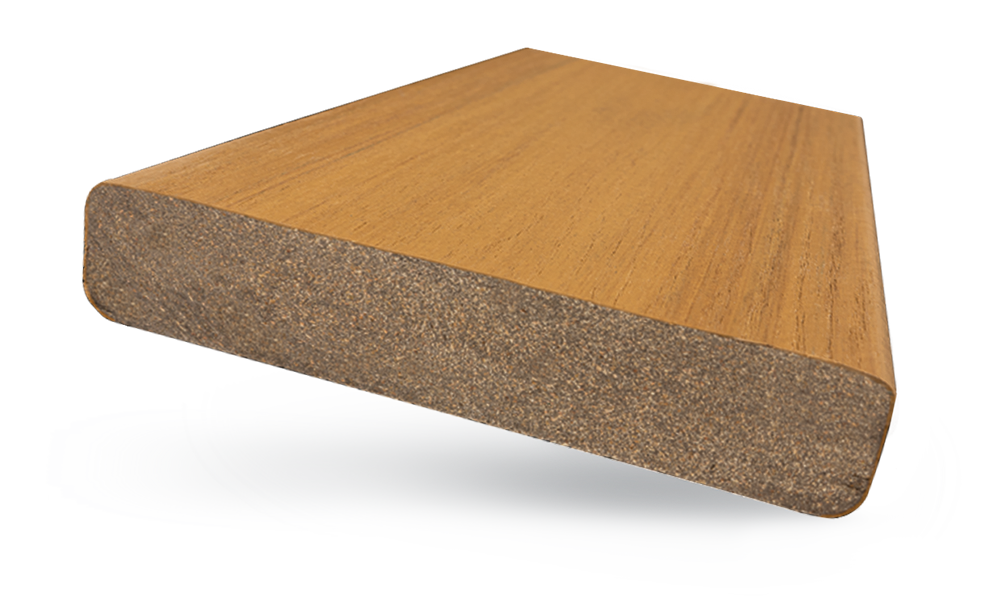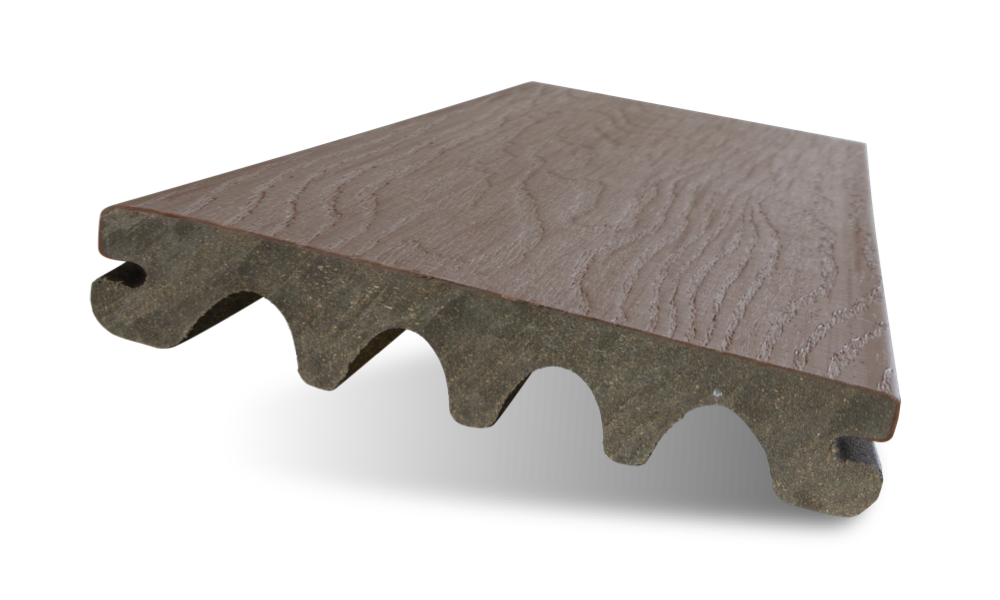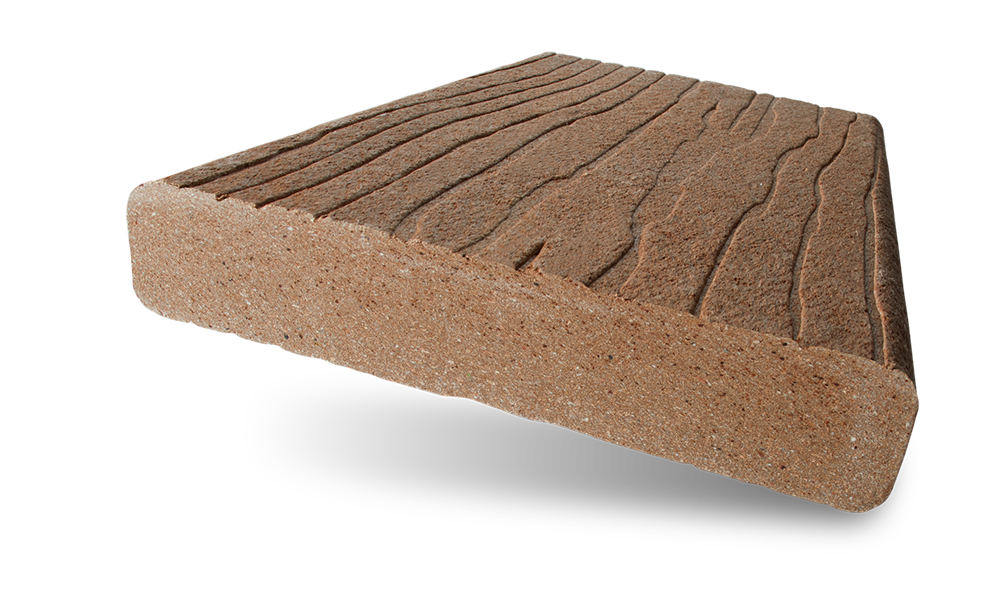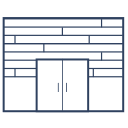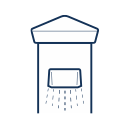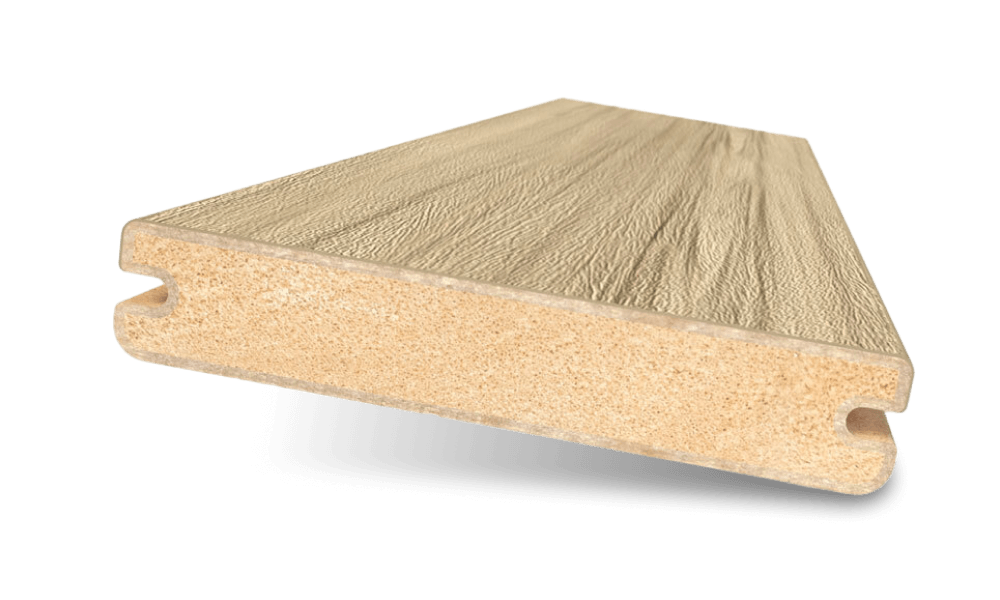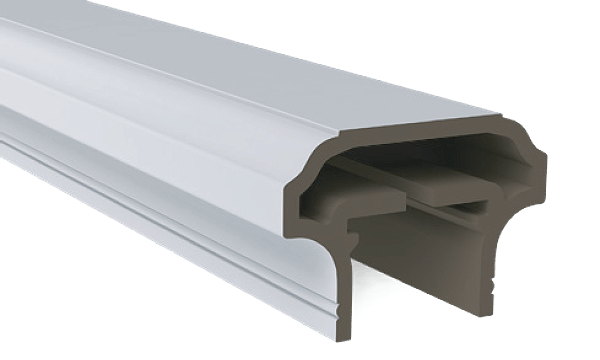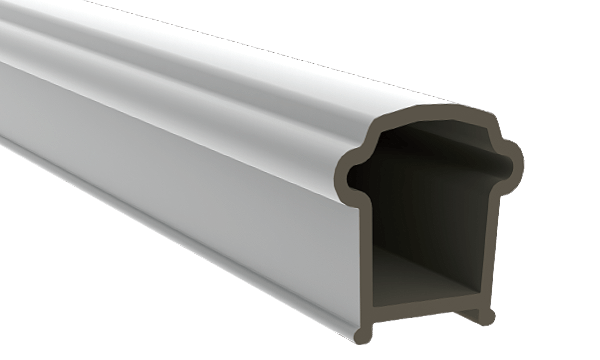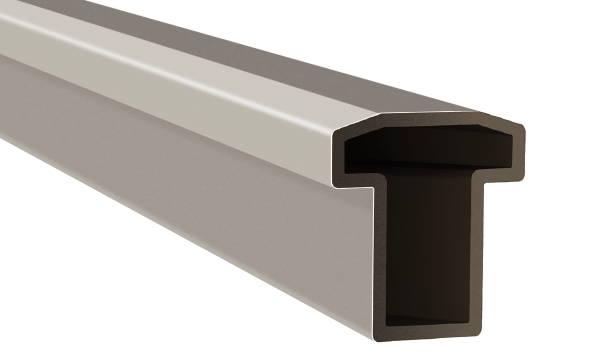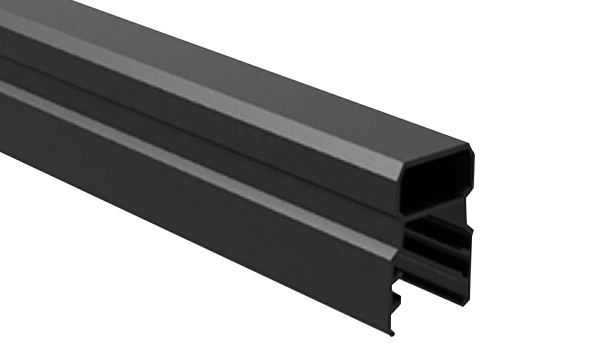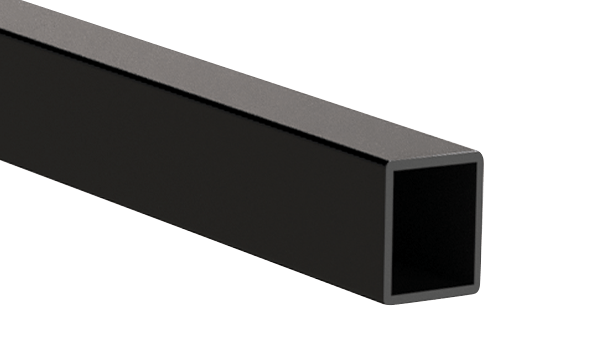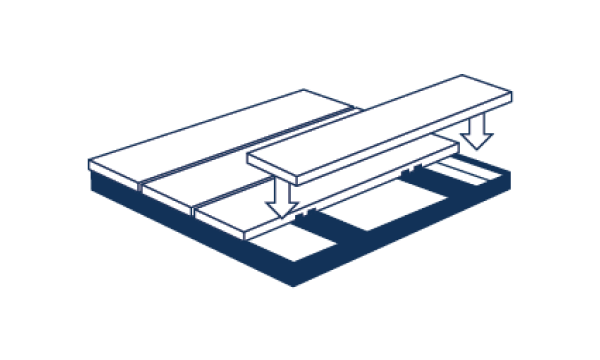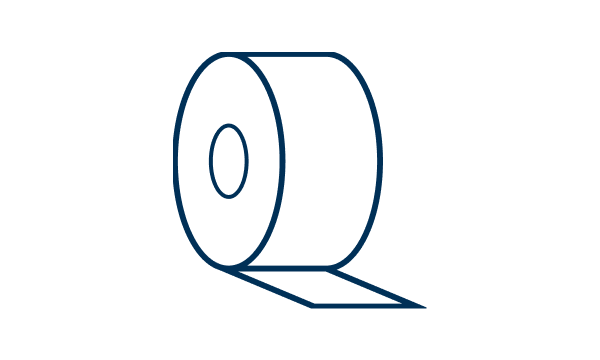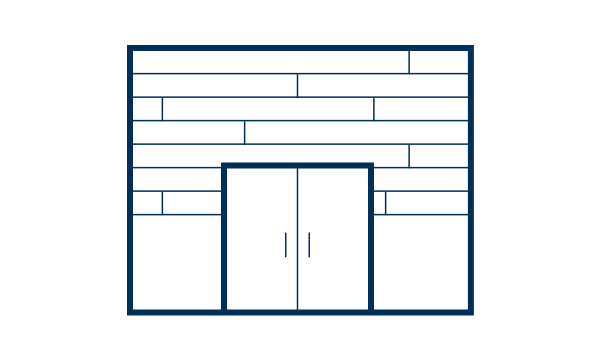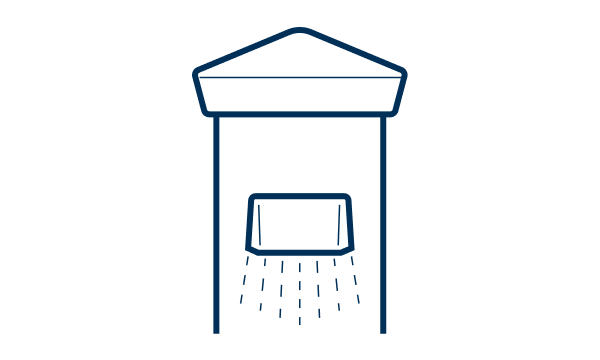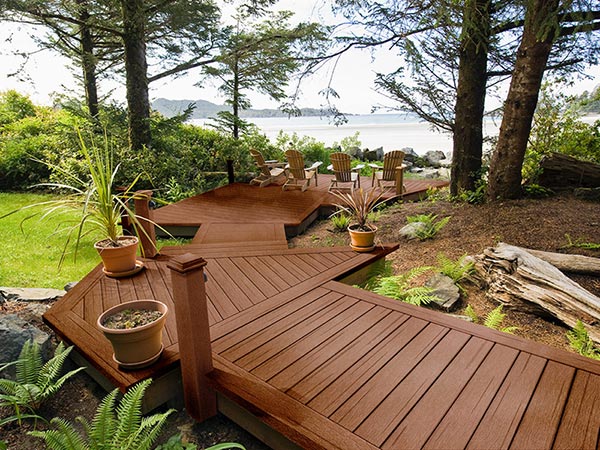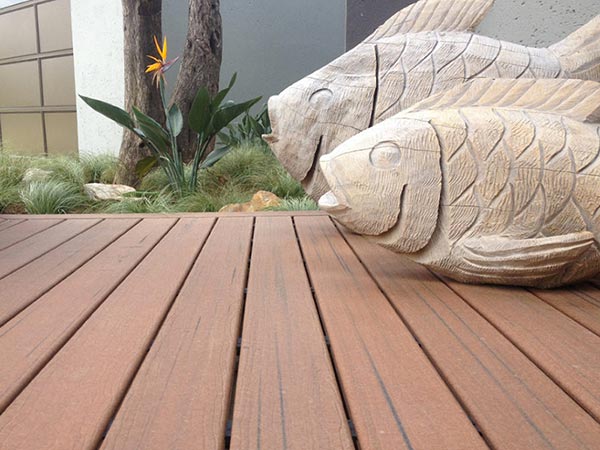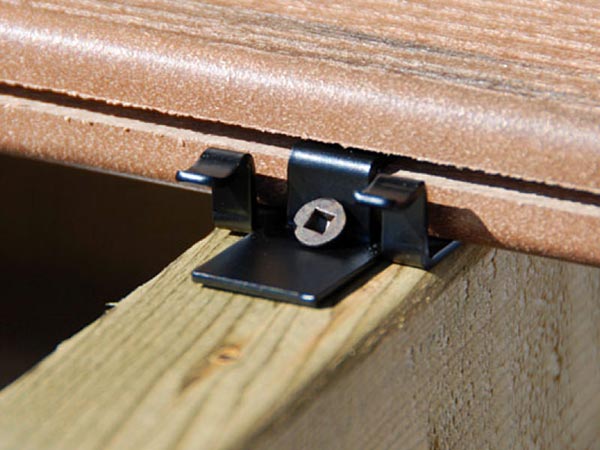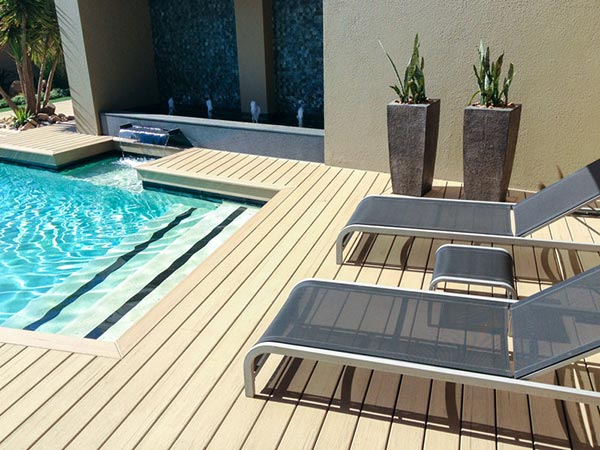Hidden Fasteners vs. Deck Screws

What’s Best For Your Deck?
You remember the epic boxing battles over the years: “Ali vs. Frazier,” “Durand vs. Leonard,” “Holyfield vs. Tyson,” and “Mayweather vs. Pacquiao?” Now, it’s time to see who rules as King of the Deck, “Hidden Fasteners vs. Deck Screws.” While there may not be as much action as the aforementioned boxing matches, keep reading as these two “Headliners of Hardware” go the distance to prove the pros and cons of each and find out which works best for our MoistureShield Composite Decking.
Whether you’re building a new composite deck from scratch or refinishing an existing one, it’s easy to get caught up in making the big choices. Choosing the size and shape of the deck and the color and finish of the deck boards is an exciting and very important part of the project. In comparison, deciding between deck screws and hidden fasteners may seem pretty boring and unimportant. However, this decision you make affects not only the aesthetic quality, but also the structural integrity of your deck. In other words, choose wisely.
Round 1: The Pros of Using Deck Screws
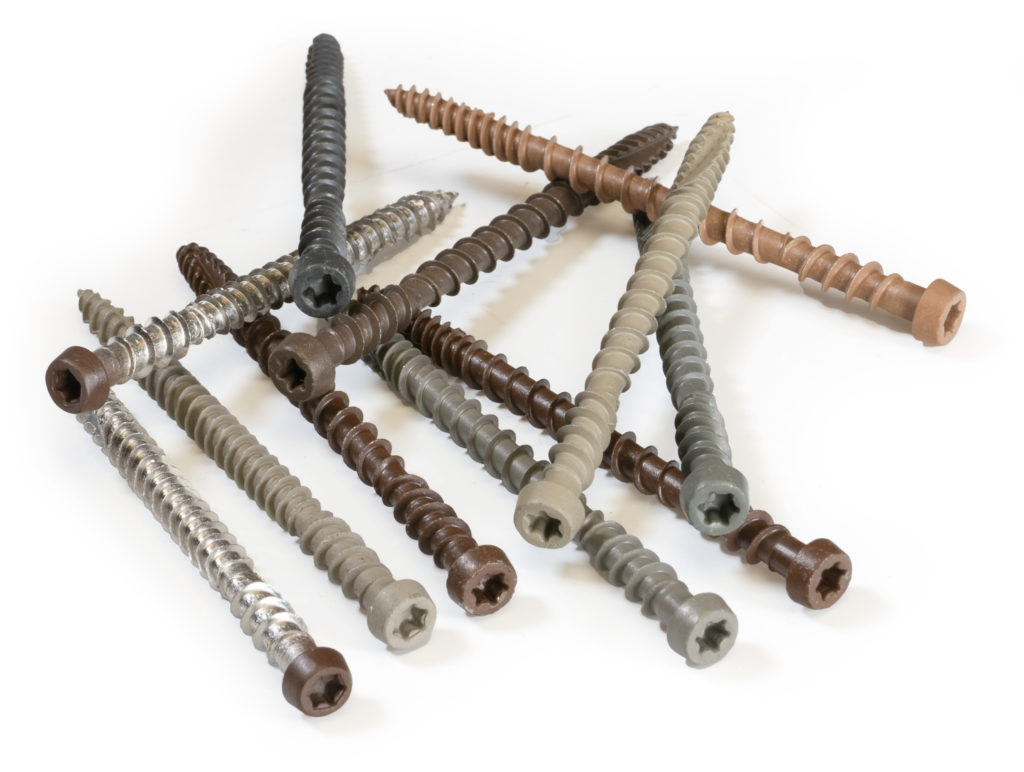
Deck screws have been used for years as the traditional fastening method for both composite and natural wood decking. These old-school stalwarts are an economical option and in most cases are available in a selection of colors to help match the screw head with the surrounding deck surface, which helps to conceal the fasteners. For repairs, it is generally easy to remove screws to replace damaged boards as needed, which tends to occur more over the lifetime of natural wood decking. Additionally, face screw installation is preferable for areas with extreme seasonal weather; they typically provide more control against lateral movement from expansion and contraction.
Round 2: The Cons of Using Deck Screws
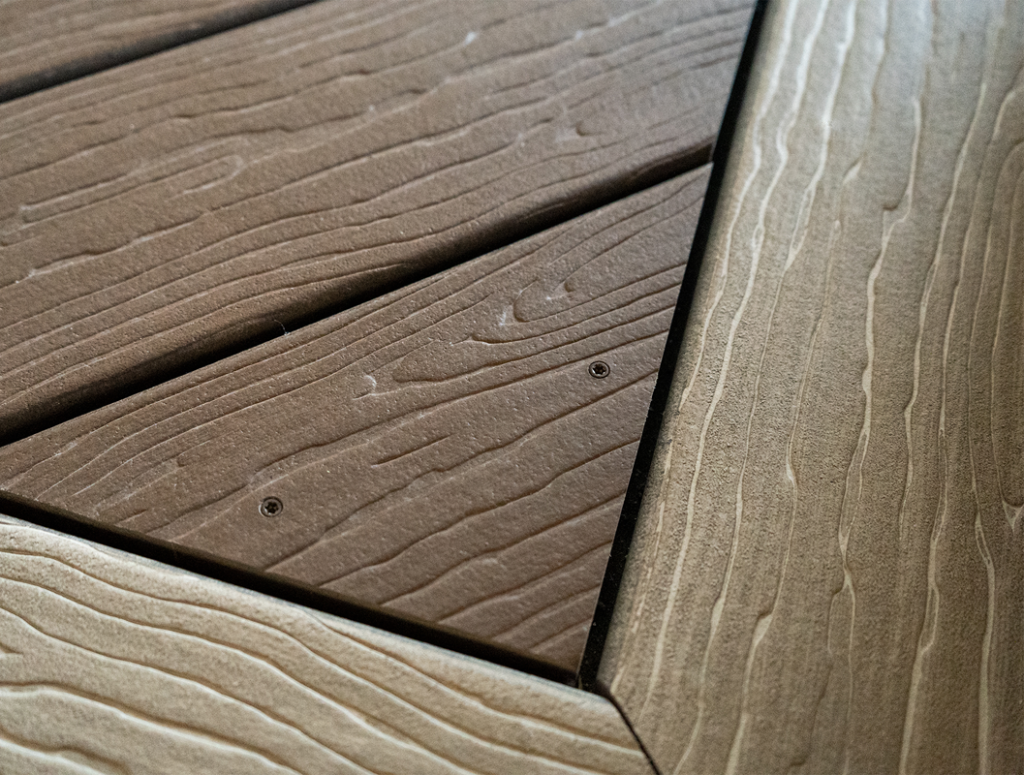
For deck screws, each one is drilled through the top of the decking, so the head of screw will remain visible on the surface of the board. Since installation requires two face screws per joist intersection with every board, many homeowners find this aesthetically undesirable. In addition, using deck screws is a very time-consuming option as installation not only calls for drilling each screw into the board, but also requires the installer to carefully monitor gap consistency. Inconsistent screw placement can contribute to an undesirable look across the deck surface. In addition, some composite decking boards may require holes to be pre-drilled before the screws can be inserted, which can add even more time and expense to a decking
project. It should be noted that most MoistureShield products do
not require pre-drilled holes.
Round 3: Pros of Using Hidden Fasteners
Using hidden fasteners creates an unblemished surface for a superior aesthetic on your natural wood and composite deck. Here’s how it works.
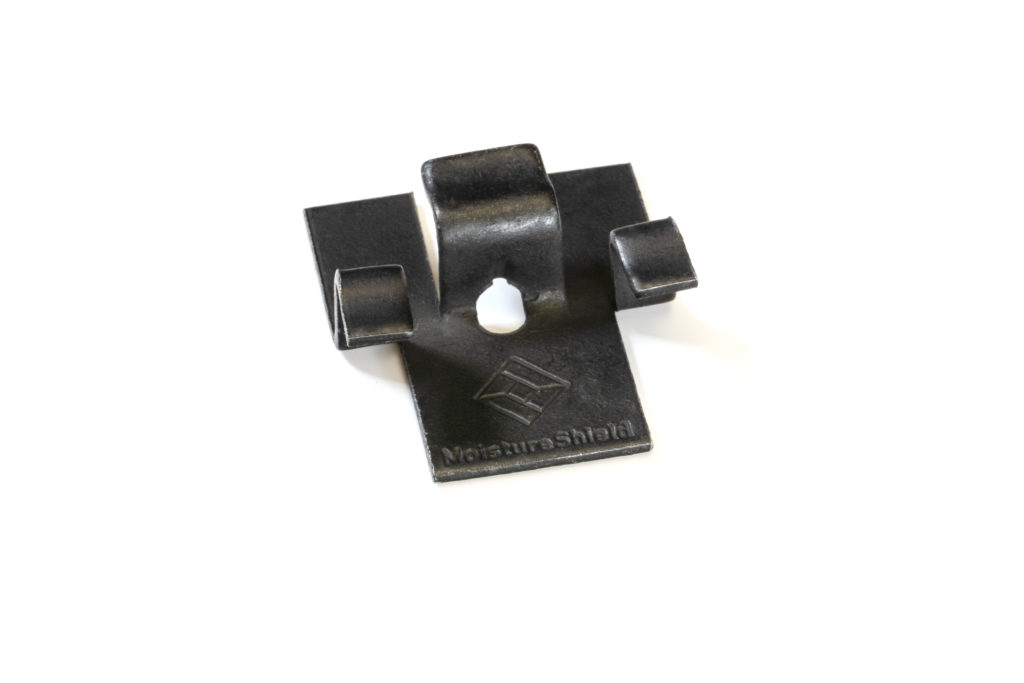
Clip Systems: For clip systems, rather than installing screws through the top of every deck board, clips are inserted in the grooved edges between the boards. Screws install in the gap between the boards, so the deck surface is not altered. This gap installation between the boards helps the installer create a consistent gap across the entire deck as they set each fastener. The thickness of the clip determines the gap (3/16” – 1/4”), which is required for air and water flow. Clip systems typically conceal the joist to create color continuity across the deck surface, which some installers and homeowners prefer. Although not all clip systems in the market conceal the joist, MoistureShield’s clips do.
Plug Systems: For plug systems, face screws are installed with a counter sink, allowing for the insertion of a small plug to fill the hole flush to the deck surface. Plugs are available for Vision®, Vantage®, and Meridian® series. These plugs are made from actual boards to blend seamlessly into the deck surface. Unlike clip systems, plug systems do not conceal the joist.
Round 4: Cons of Using Hidden Fasteners
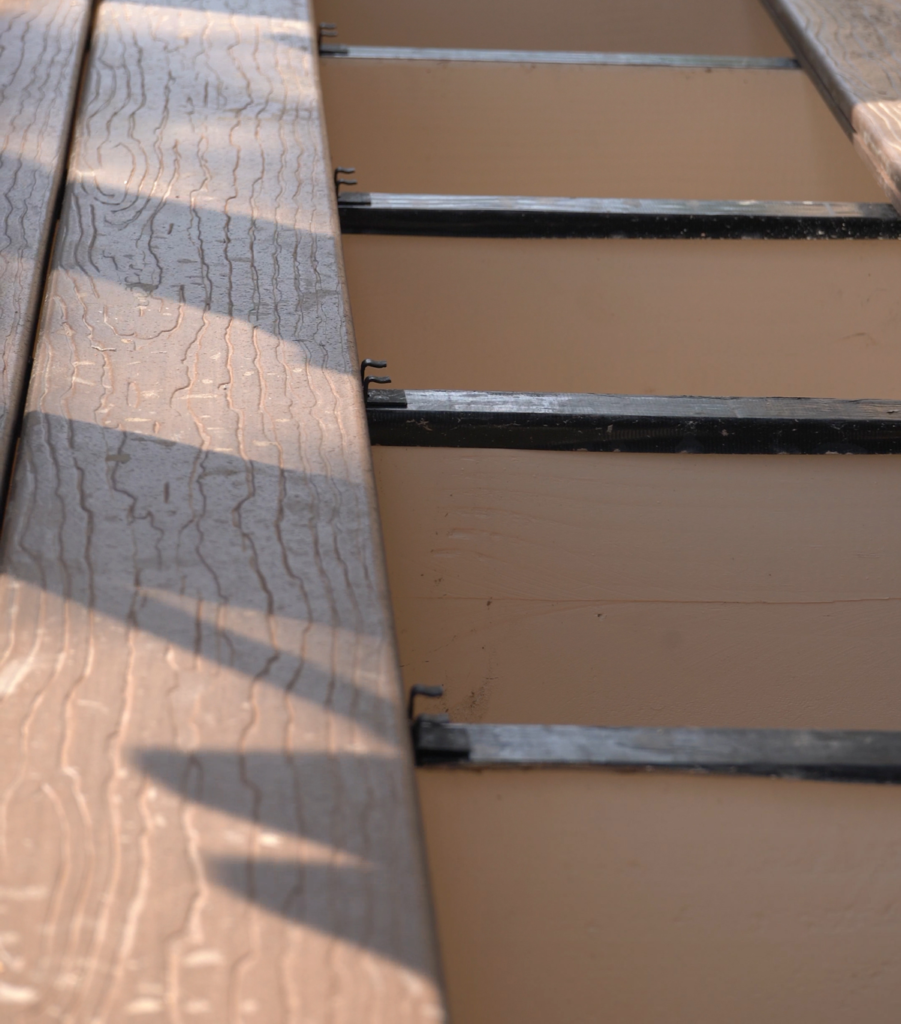
Hidden fasteners are not suitable for the following installation conditions:
- The deck is less than 12” above the ground.
- The area below the deck has low ventilation or improper drainage.
- The deck boards are wider than 6” nominal.
While hidden fasters are ideal for an installed deck surface, they may not be suitable for stairs, picture frames, or boards with a radius bend.
The Decision:
Deck screws and hidden fasteners are both contenders and have specific circumstances where they really shine. Ultimately it’s really a split decision based on the personal preference of you, the final judge. However when it comes to composite decking, hidden fasteners are a consistently good choice with the ability to give your deck that knock-out look you’ll enjoy for years to come. And with MoistureShield’s Solid Core difference that has helped prevent structural field failures for more than 30 years, you’ll appreciate those aesthetics for a long time. MoistureShield offers a range of hidden fastener pack options to meet the needs of your specific project. For installers, consult your local building codes about fastener requirements as some coastal areas and specific cities actually note the exact fastener specifications.

